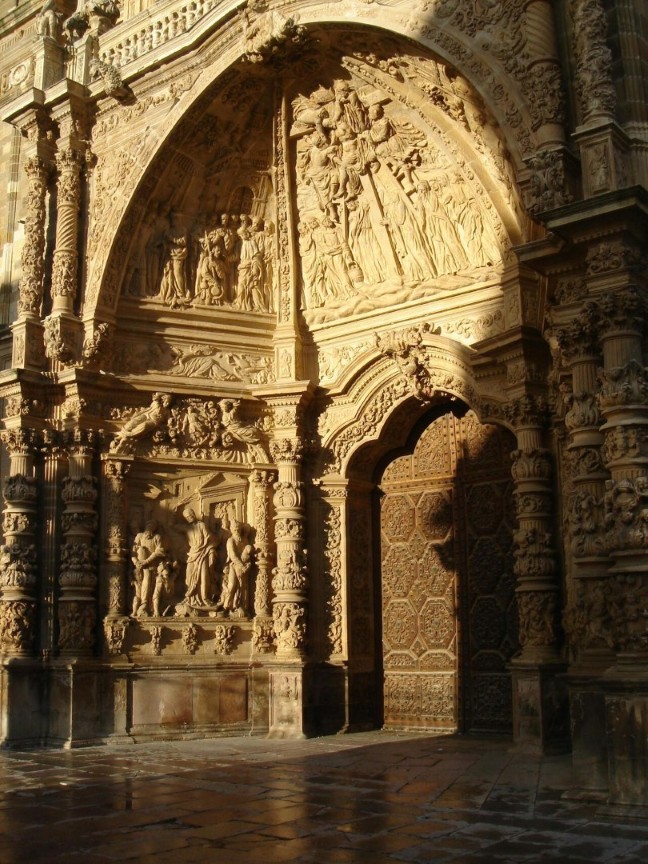Culture along the Camino: Where to stop

Many see the Camino de Santiago trip as a physical test, like a slower-paced marathon race. Others see it as spiritual enlightenment. But, for those interested in culture, it couldn’t be more of a treat.
The entire network is a Pandora’s box of monumentally important artistic and historical exhibits that await just off the main path. If you want to look at a tried-and-tested route before going, Santiago Ways helps organise the route, accommodation, and can even transfer your baggage each day.
Gaudí’s fairytale palace in Astorga
On the Camino Francés, the city of Astorga has quite the arresting architectural anomaly – it stands out, let’s put it that way. The Episcopal Palace is a neo-Gothic and Art Nouveau structure from the mind of Antoni Gaudí, a brilliant man whose main body of work now defines Barcelona’s cityscape.
Now a museum, this palace is a great testament to his imaginative genius. It’s just outside of León and was conceived between 1889 and 1915. Its granite structure has fairytale-like turrets, perhaps similar to what Disney is inspired by, and intricate stained glass with vaulted ceilings that play with light and space in his unique style.
This stop offers pilgrims a chance to step into a very whimsical world of Catalan Modernism before they continue walking westward, away from such influences.
Language at San Millán
A detour from the Camino Francés between Nájera and Santo Domingo de la Calzada is also worthwhile. You can head to the twin monasteries of Yuso and Suso at San Millán de la Cogolla. These are both UNESCO World Heritage sites that are considered the birthplace of the written Spanish (Castilian) language. Considering it’s one of the most spoken languages around the world, this is an important space. Inside its ancient walls of the upper monastery, Suso, a 10th-century monk scribbled notes in the margins of a Latin codex. These scribbles, the Glosas Emilianenses, are the earliest known written evidence of the Spanish language – likely in the late 10th century.
The preserved Roman walls of Lugo
Pilgrims on the Camino Primitivo are met with quite the feat of engineering in Lugo: the most perfectly preserved 3rd-century Roman walls in existence. They’re staggering, and this UNESCO World Heritage site has formidable slate and granite fortifications that run for over two kilometers. Like any great fortress, it completely encases the old town. With 10 gates and 71 surviving towers, the scale is immense and it’s surprising how little recognition the site gets from around the world.
The Camino route actually passes through one of the original Roman gates, the Porta Miñá. It’s a great feeling, and you needn’t even deviate to see it.
Contemporary contemplation in Santiago
After arriving at the Cathedral in Santiago de Compostela, the cultural exploration isn’t over. Head over to the comfort of the Galician Contemporary Art Centre. It was designed by Pritzker Prize-winning architect Álvaro Siza and offers a stark, minimalist counterpoint to the city’s ancient stone. It has clean lines and sits adjacent to the medieval convent of Santo Domingo de Bonaval.
With Camino de Santiago journey, you get in what you put out. If you’re looking for culture, you’ll find more of it, because a few stops require a little detour or pre-planning.